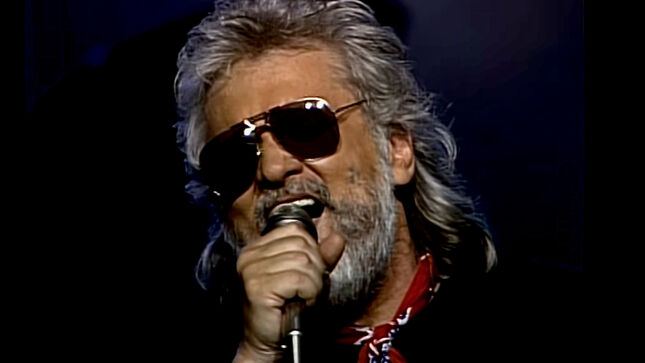
Ronnie Hawkins, the southern US rockabilly artist who sowed the seeds of Canada’s music scene after moving north, has died at 87, reports Toronto Star.
His wife Wanda confirmed to The Canadian Press that Hawkins died Sunday morning (May 29) at a hospital in Peterborough, Ont. He had faced various health issues in recent years.
“He went peacefully and he looked as handsome as ever,” she said in a phone interview from their home.
Known for his vivacious personality and enthusiastic stage presence, the singer of “Ruby Baby,” “Mary Lou” and Bo Diddley cover “Who Do You Love” earned several nicknames including Mr. Dynamo, Sir Ronnie, Rompin’ Ronnie and the Hawk.
Hawkins was godfather to a generation of influential artists, including musicians he enlisted for his backing band the Hawks, which would go on to play for Bob Dylan on his infamous 1966 tour when the folkster embraced the electric guitar.
Five members of the Hawks, including Levon Helm and Robbie Robertson, would later form the Band.
Though Hawkins clashed with some of his former bandmates, he joined the Band onstage as part of their iconic 1976 farewell show captured in Martin Scorsese’s concert film “The Last Waltz.” Robertson would later recall in his memoir “Testimony” that inviting Hawkins was, in part, a tribute to his influence.
“He was really good at gathering musicians that he thought were the best around,” Robertson said in a 2016 interview with The Canadian Press.
“It was like a bootcamp for musicians to go through, learn the music and when to do certain things and not do certain things. He just played a real pivotal part in all of it.”
Born in Arkansas in 1935, Hawkins joined the army reserve after high school while moonlighting in the Black Hawks, a band formed by fellow musician A.C. Reed.
After wrapping up his time in the military, he opened the Rockwood Club in Fayetteville, Ark., which became a popular stop for artists like Jerry Lee Lewis, Roy Orbison and Conway Twitty.
He eventually gave himself top billing and began playing as Ronnie Hawkins and the Hawks, crafting a bad-boy look with slicked black hair and sideburns.
Dismayed by several years of false starts in his own musical career, the singer-songwriter took advice from Twitty to launch a Canadian tour in 1958. He swore the country was thirsty for bands who were eager to play smaller cities.
Without a recording contract in his homeland, Hawkins saw Canada as “the promised land” — an untapped market to sell his Memphis sound and build his reputation to the point of crossover success in the United States. His instinct was right, and by the end of the decade Hawkins had two singles on the Billboard Top 100 and appeared on “Dick Clark’s American Bandstand.”
Read more at Toronto Star.